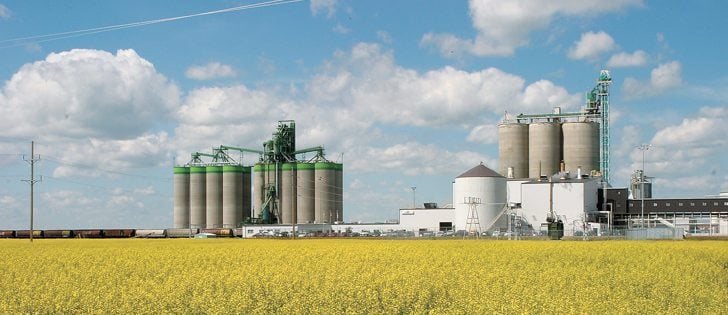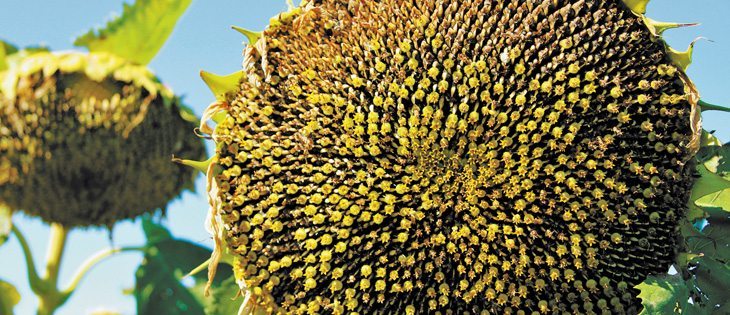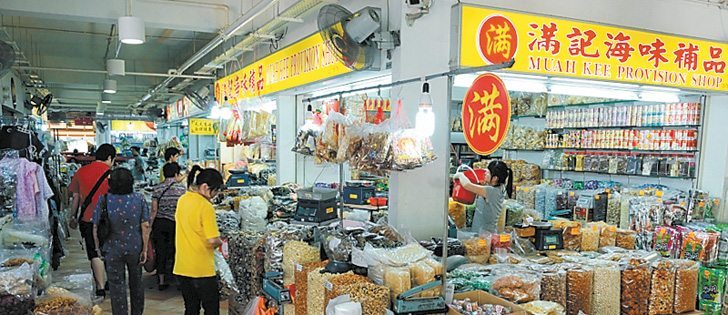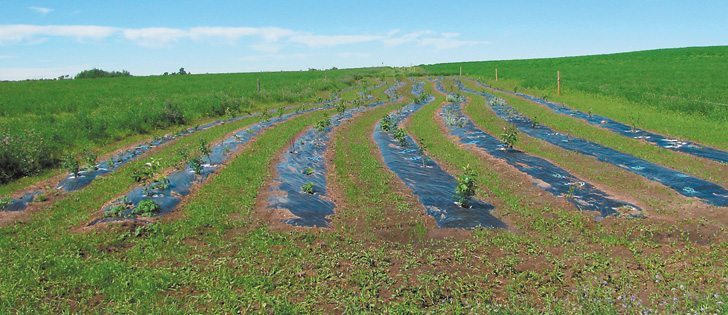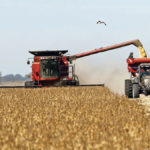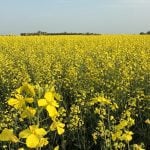OLDS, Alta. — Twenty containers of alfalfa from southern Alberta arrived in China last month, the first commercial shipment of Canadian alfalfa to the Asian country.
Another 40 containers have been ordered.
“We are extremely excited by this new marketing opportunity between Canada and China,” said Green Prairie International president John Van Hierden, who shipped the hay.
China has 12.6 million dairy cows that produce more than 35 million tonnes of milk a year, making it the largest dairy producer in the world.
It hopes to double its milk production by 2015 with more cows, better nutrition, farm size and expertise.
Read Also
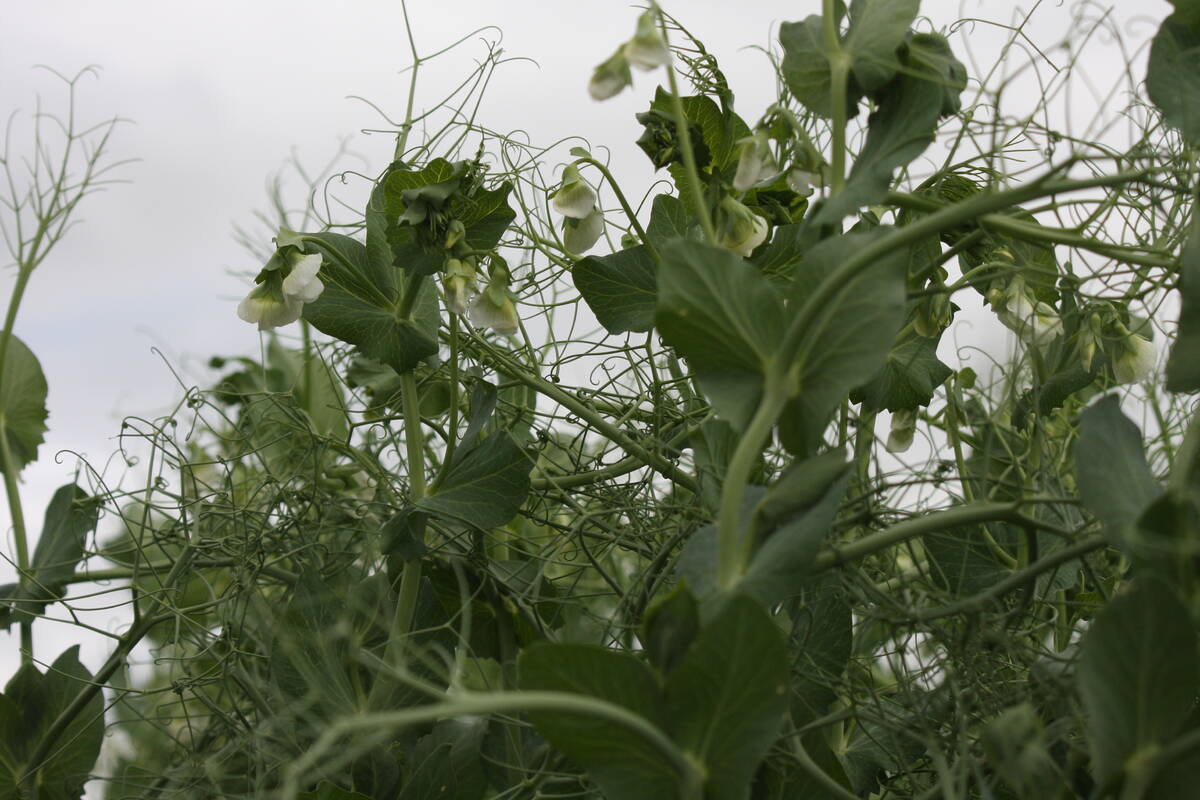
High pea yields shock farmers
There is going to be a massive pea carryout at the end of this crop year.
An easy way to raise production is better feed, said Marc Lavoie, a northern Alberta dairy farmer and forage producer who travelled to China recently with a Canadian Forages and Grasslands Association delegation.
China is looking for quality forages, but is also searching for bargain prices, Lavoie told members of the Alberta Forage Industry Network.
“The reality is that most of the farmers are small with very little knowledge and are feeding cows whatever they can find.”
The average herd size is five to 10 cows. Sheep grass and inexpensive supplements are the main feed for dairy cattle.
Lavoie said the feed was over-mature and of poor quality.
At $160 per tonne, the grass is fairly expensive because of the distance to transport from northern China.
Canadian hay prices are more than double, and Lavoie said Chinese officials are hoping to create competition and lower the price of imported hay by opening up markets.
“The common theme is cheap. They’re looking for low price product at best quality.”
China requires inspection of alfalfa fields for verticilium wilt before and after cutting.
“It’s a big headache for us,” Lavoie said. “Not all companies are looking at exporting to China because of extra expense and headache.”


